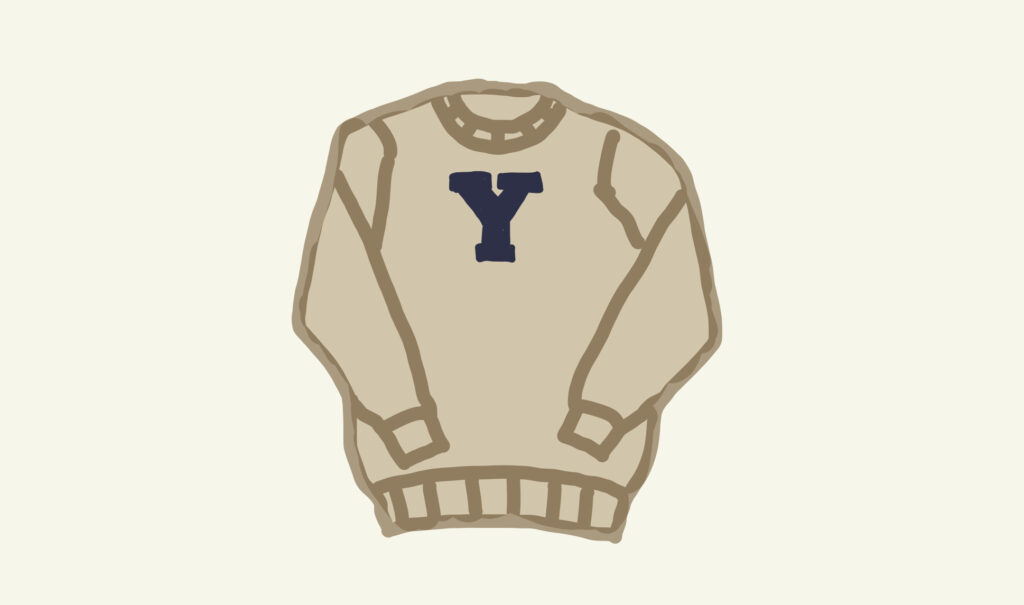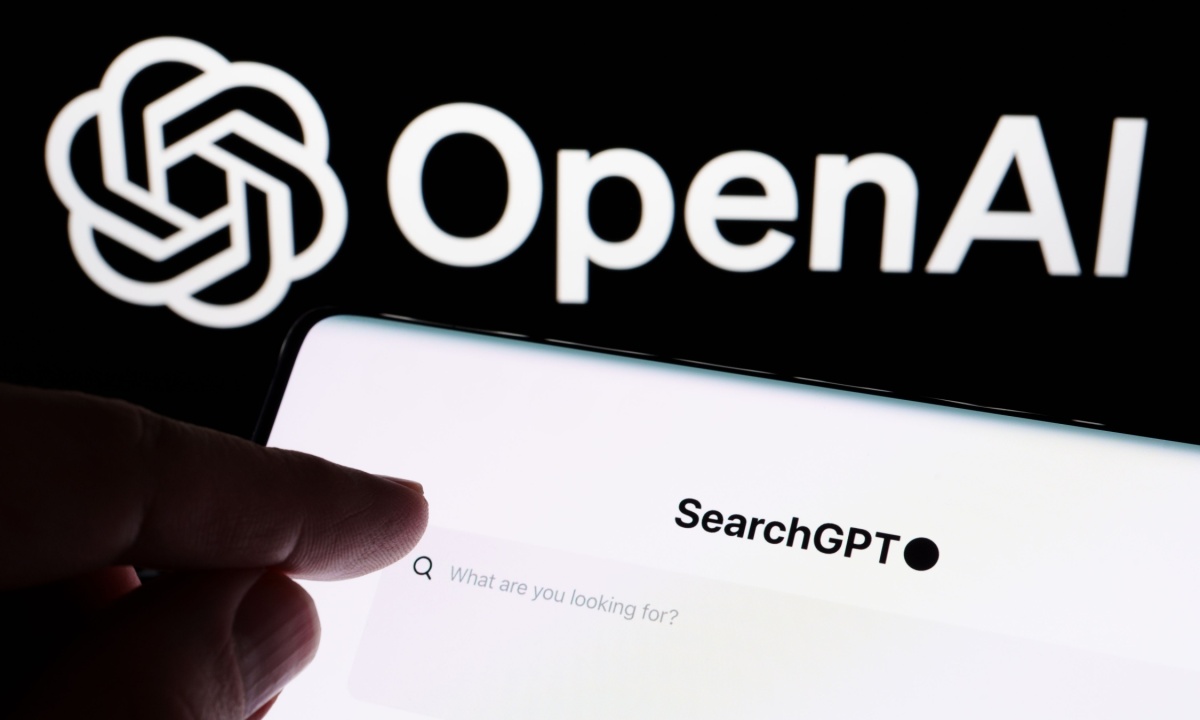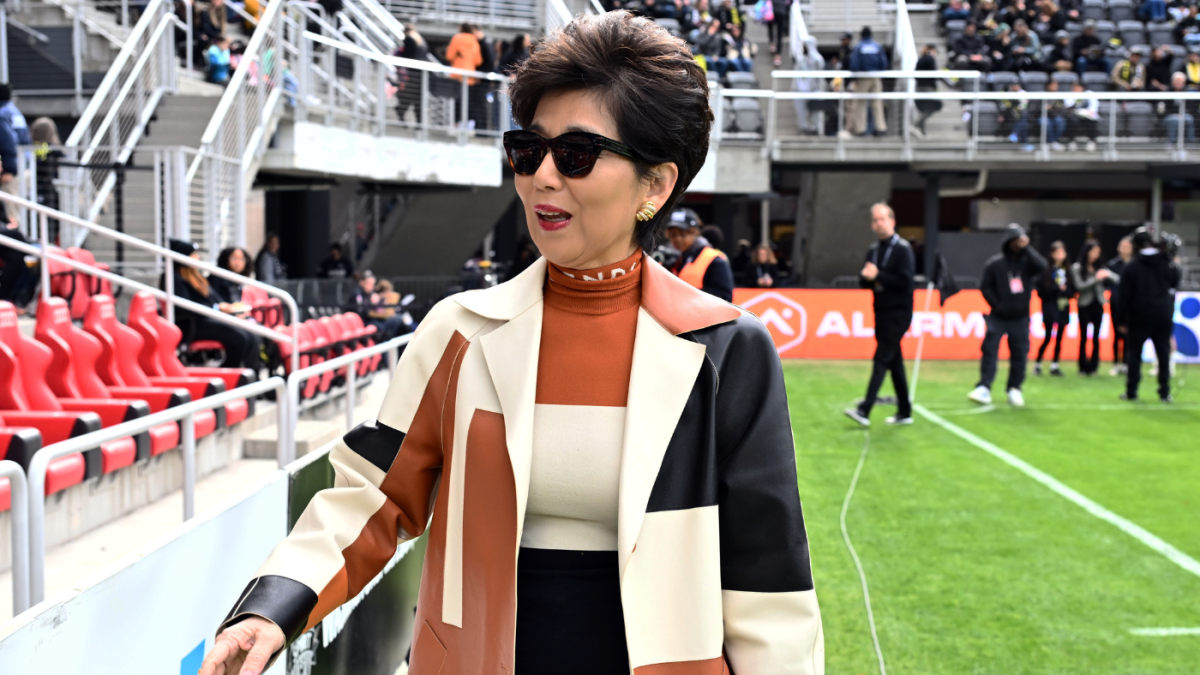Sports
Women Athletes Are Reshaping College Sports’ Financial Landscape Through NIL Success

GAINESVILLE, FLORIDA – FEBRUARY 23: Olivia Dunne of the LSU Tigers competes during a meet against … [+]
The landscape of collegiate athletics has been transformed by Name, Image, and Likeness (NIL) policies, with women athletes emerging as unexpected leaders across these new opportunities. While initial assumptions suggested men’s revenue sports would dominate NIL earnings, the reality has proven far more complex and promising for women’s athletics. Specifically, women athletes are proving that authenticity and engagement diminish initial assumptions about market value. Their natural aptitude for brand building, particularly across social media platforms, has created a new playbook for success in collegiate athletics.
In addition, record-breaking viewership for women’s sports, from March Madness to regular season volleyball matches to the Women’s College World Series, has created critical visibility. This surge in audience attention isn’t just changing the conversation about women’s athletics – it’s also revolutionizing how brands value partnerships with women athletes. Recent data and research provides additional insight into the success of women athletes across NIL spaces, while highlighting the steps that still need to be taken to ensure additional equity.
ALBANY, NEW YORK – MARCH 30: Flau’jae Johnson #4 of the LSU Tigers shoots against the UCLA Bruins … [+]
Women Athletes and Social Media Success
Overall, it has become clear that a new generation of women athletes is rapidly building significant NIL value through social media engagement. LSU gymnast Livvy Dunne exemplifies this transformation, leading women’s NIL valuations at $4 million with 13.6 million social media followers and approximately $9.5 million in total NIL earnings. LSU basketball star Flau’jae Johnson commands a $1.5 million valuation with 3.7 million followers across platforms, while UConn’s Paige Bueckers maintains a $1.4 million valuation backed by 5.1 million followers.
Rising stars like USC’s Juju Watkins ($576,000 valuation) and Arizona’s Jada Williams ($421,000 valuation) are proving that even underclassmen can quickly build substantial brand value. Olympic gymnast Jade Carey has translated her success into a $397,000 NIL valuation at Oregon State, while UNC’s Deja Kelly has built a $326,000 valuation through authentic content creation and strategic partnerships. These valuations reflect not just athletic achievement but the ability of women athletes to create engaging content that resonates with audiences across multiple platforms, from Instagram and TikTok to YouTube and Twitter.
The success of women athletes in NIL often stems from their authentic approach to social media engagement. “Video editing for sure. They’re fearless these days. I feel like I can put a camera on anyone or ask anyone to be in a question of the day video on any of our women’s teams, and they’ll want to participate,” shared a Director of Social Media in a recent study. This authenticity translates to higher engagement rates and more effective brand partnerships.
PORTLAND, OR – APRIL 01: UConn Huskies guard Paige Bueckers (5) brings the ball up court during a … [+]
NIL Gender Gap
However, these social media and performance based success stories remain exceptions. Among the twelve schools publicly disclosing NIL earnings by gender, men have earned $92 million compared to women’s $19 million, with some institutions like Texas A&M reporting 98% of NIL deals going to men’s sports. Yet, previous findings suggest women athletes possess unique advantages in this space and that their visibility and brand partnerships could positively impact their institutions as well.
“I think [women] student athletes have a greater advantage when it comes to working directly with brands,” noted one Director of Social Media in that same study, “They’re more engaging, they understand those types of things.” This natural aptitude for engagement is particularly evident in content creation, as one Director of NIL Activations and Partnerships observed, “The perfect example of this is I had two photo shoots yesterday. One was with a man, one was with a woman. The [woman athlete] was so invested in what she was doing. She wanted to make sure she looked good, she had ideas of how to pose, what to do. The [man athlete] had zero.”
That being said, the disparity in institutional support remains a significant challenge. “I definitely handle all my social media myself, and I’ve never gotten any assistance,” shared one woman student-athlete in the same study. Another noted, “We have to work so much harder for it than [the men athletes] do, and I just wish [our institution] knew that if you want to get somewhere with [NIL], most people work their butts off for it and it gets annoying seeing it handed to [men athletes] like it’s a Christmas present.”
LOS ANGELES, CALIFORNIA – JANUARY 28: JuJu Watkins #12 of the USC Trojans handles the ball against … [+]
Improving the NIL Landscape for Women Athletes
Some institutions are addressing these challenges head-on. For example, Butler University recently announced partnerships with 29 corporate entities specifically supporting their women’s basketball program. According to Graham Honaker, Associate Athletic Director/Development & NIL Strategy at Bulter University, “I’ve been struck by how supportive our donors and local businesses have been in rallying around this initiative. Many of the businesses are women-owned and immediately jumped at the opportunity.”
Honaker added that “the growth and dramatic rise in the popularity of women’s basketball has also been evident in my conversations. In addition to wanting to support Butler Athletics, many of our donors and partners have commented on how the surge in popularity of the women’s games influenced their decision to support us. Fortunately, we’ve also been aided by the fact that Caitlin Clark is playing professionally in Indianapolis and her impact, alone, has elevated women’s basketball in Indianapolis.”
The importance of these opportunities cannot be overstated, particularly given the limited professional opportunities available to women athletes once their collegiate playing careers come to an end. Specifically, with only 144 roster spots across 12 WNBA teams, NIL success is creating alternative pathways for women athletes to leverage their collegiate careers into sustainable business opportunities in the sport of basketball.
As a result, the need for better support systems is clear and women’s sport remains ripe for continued growth in partnerships and support. According to Honaker, “Our focus on NIL for our women’s program has illustrated that there is great opportunity out there for women student-athletes in the world of NIL. I’m thrilled for our players, grateful to our supporters, and optimistic we can do more for our women student-athlete population in the coming years.”
MILWAUKEE, WI – MARCH 04: Butler Bulldogs guard Taylor Buford (4) drives to the basket during a Big … [+]
Title IX Implications and NIL Equity
As NIL opportunities expand, a critical legal challenge is emerging around Title IX compliance and equitable distribution of opportunities. A recent lawsuit against the University of Oregon highlights this growing concern, with women athletes alleging violations of Title IX regarding NIL opportunities. According to sports law experts, while antitrust settlements like House v NCAA may reshape revenue sharing in college athletics, they won’t address the fundamental Title IX obligations institutions face in ensuring equal treatment across genders.
It has been noted that the antitrust lawsuit will not address or provide guidance on any of the inherent Title IX issues, which means institutions must independently “show their work” when it comes to directing and defining revenue sharing and NIL opportunities. The stakes are particularly high given the current disparities. As one NIL Director noted, “I think it varies based on the team and the individual athlete… a lot of our Olympic sport athletes, because there was no one here, they had no direction, they had a lot of questions. So, there’s a lot of them that don’t really know what to do, how to do it, where to even start.”
STANFORD, CALIFORNIA – MAY 26: NiJaree Canady #24 of the Stanford Cardinal throws a pitch against … [+]
Future of NIL for Women Athletes
Progressive institutions such as Butler University are taking proactive steps to address these concerns, creating dedicated support structures for women athletes and establishing partnerships specifically designed to expand their NIL opportunities. However, as the landscape evolves, all institutions will need to carefully evaluate their NIL support systems to ensure they meet both the letter and spirit of Title IX requirements, particularly as new revenue sharing models emerge from the House settlement.
Looking forward, institutions are beginning to develop more comprehensive support structures tailored to women athletes’ NIL needs. This includes creating dedicated NIL roles with expertise in women’s sports marketing, establishing clear support structures, and leveraging the unique strengths women athletes bring to brand partnerships. Overall, as the NIL landscape continues to evolve, one thing is clear: women athletes are not just participating in this new era of collegiate sports – they’re leading it. Their success is challenging long-held assumptions about the commercial viability of women’s sports and creating new pathways for future generations of athletes. The challenge now lies in ensuring these opportunities are accessible to all women athletes, not just those at high-profile programs or in traditionally visible sports.









